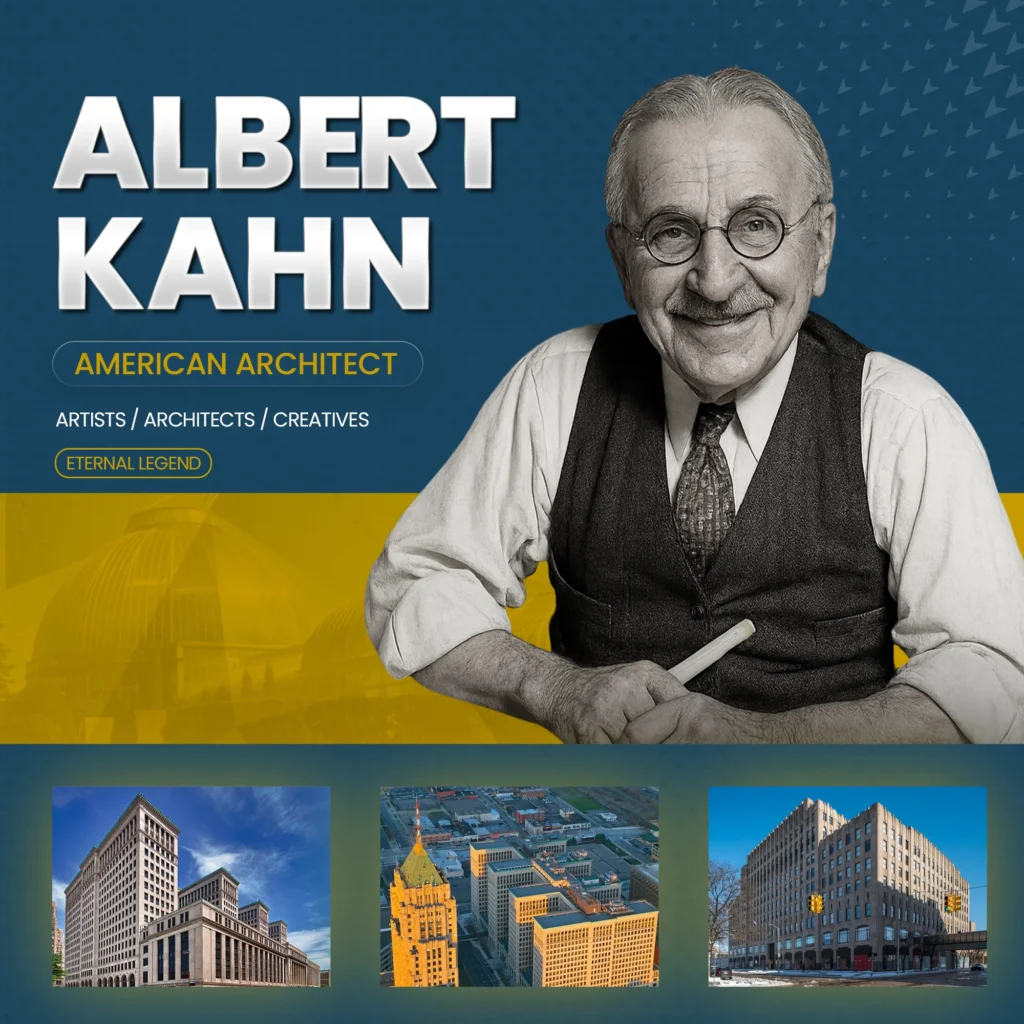It was Kahn who Henry Ford contacted when he was in search of someone who could transform assembly lines into an empire.
The Ford River Rouge Complex, the Packard Plant, and the Dodge Main Plant – these were not just factories, but elaborate cathedrals of the labor force.
Yes, they were functional, but they were also spiritual in their openness, light, and efficiency.
Kahn’s designs not only shaped Detroit, but also industrial architecture all over the globe.
By the 1930s, his company was responsible for almost 20% of all architecture for the factories in the United States. In fact, he became so prolific that the Soviet Union even hired him to help the nation industrialize, commissioning hundreds of plants that helped fuel its rapid expansion.


 Please check your email for your login details.
Please check your email for your login details.
